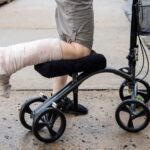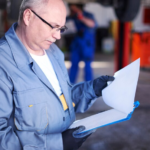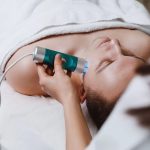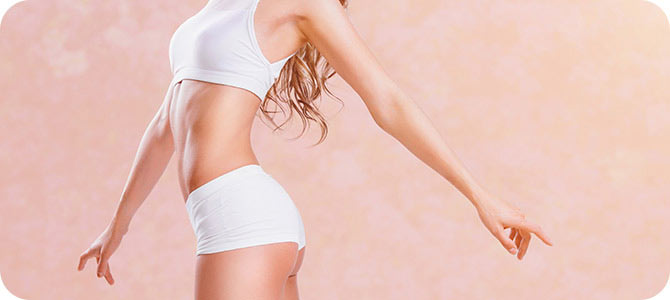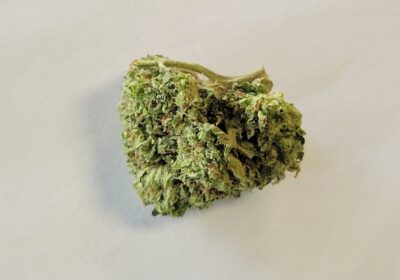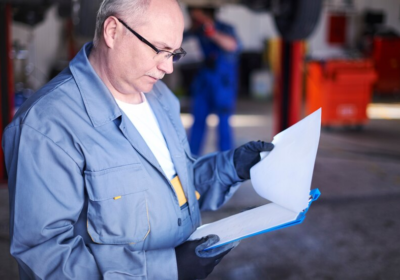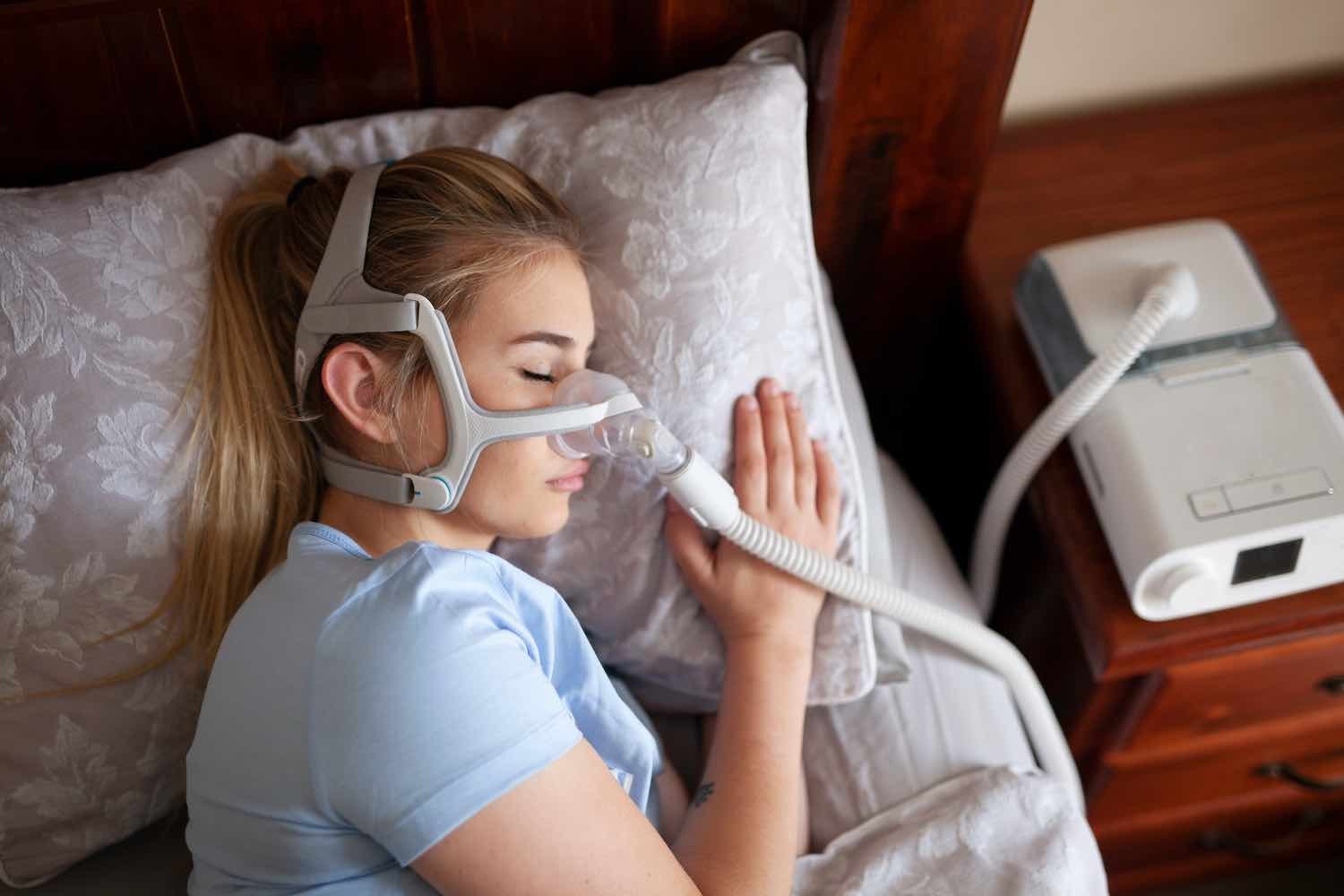
What is difference between CPAP and BiPAP?
Humans are indeed a marvel creature. Cells and organs work in ways that enable humans to live, strive and survive in many environments and changes. One of the gift that humans often take for granted is the ability to breathe effortlessly. In this DoctorOnCall’s article, we will be learning about machines or systems that are used in treating those who have difficulties in breathing normally and spontaneously.
Before we go through the machine that aids with breathing, you might want to understand a bit more about the breathing or respiratory system itself. When a person inhales, the air enters the lungs. The air that contains oxygen moves into the blood. At the same time, the carbon dioxide and other waste gas from the blood from the lungs is exhaled or breathed out. The lungs are the centre piece of the respiratory system. It is connected with the trachea (windpipe), muscle of the chest wall and the diaphragm. All of these parts make breathing and gas exchange possible. The brain acts as the main computer that controls the breathing rate and senses if there is the need for the body to get rid of carbon dioxide or to get more oxygen.
When there is disruption to the breathing system, a person is likely to experience difficulty breathing normally. This includes chest or throat tightness, breathlessness or pain to the chest or breast bone area. Most commonly patients will feel they are unable to take deep breaths. Some patients might experience persistent coughing or excessive yawning or sighing. These signs should be taken seriously. Patients with any of the symptoms should get checked by a doctor so that doctor can find the cause of the symptoms and treat it. Some of the causes can be life-threatening ones that need medical management in a timely manner.
Treatment such as CPAP and BiPAP machines is a common treatment used to help treat breathing disorders. This is especially true for those with sleep apnea. Sleep apnea is a common condition in which the breathing stops and restarts many times when a person sleeps. Sleep apnea is a problem as it can prevent the body from getting enough oxygen. There are 2 types of sleep apnea which is obstructive sleep apnea and central sleep apnea. Obstructive sleep apnea occurs when the upper airway is blocked or there is a reduced/complete stop to the airflow. Central sleep apnea occurs when the brain does not send signals needed in the breathing process.
Sleep apnea is often treated with CPAP or BiPAP machines. The question now is, what are the differences between the two?
CPAP machine
Continuous positive airways pressure (CPAP) machines maintain a constant fixed pressure throughout each breath. CPAP machines have an adjustable pressure setting that delivers between 4 to 20 cm H2O air pressure regardless of the use for inhaling or exhaling. The average setting is between 8 to 10 cm H2O.
CPAP therapy is the treatment of choice for most people with obstructive sleep apnea.
BiPAP machine
Bilevel positive airway pressure machine (BiPAP) machines provide distinct air pressure levels for inhalation and exhalation. BiPAP machines have 2 pressure settings which are inhalation positive airway pressure (IPAP) and exhalation positive airway pressure (EPAP). The switch between IPAP and EPAP may be timed or automatically based on the patient’s breathing patterns. BiPAP machines have a typical pressure range from 4 to 30 cm H2O.
BiPAP machines are usually more expensive than CPAP machines as it requires additional sensors and settings.BiPAP machines are the preferred treatment for those who do not tolerate well with CPAP or those with complex sleep-apnea related breathing issues. It is also recommended for people with sleep-related hypoxemia where the blood oxygen is too low or sleep-related hypoventilation where the concentration of carbon dioxide in blood is high.
Both devices are now available as travel machines which is helpful for those who travel often. To know which machine is best suited for a patient, patients need to do a sleep study in a sleep lab before the right pressure setting can be determined. From here on, the machine will be set to the pressure during sleep. This is of course decided by a respiratory therapist.
Aside from machines such as CPAP and BiPAP that help with sleep apnea, patients may want to do other things that can help improve the condition and ultimately their overall health. This includes lifestyle changes such as more exercises to improve blood flow and lung function, to maintain healthy weight as carrying excess weight can worsen the symptoms of sleep apnea and to ditch the unhealthy habits of smoking and drinking alcohol. It is important to treat sleep apnea as being left untreated, can lead to many problems such as trouble concentrating, decision making, memory problems or difficulty controlling behaviours. Sleep apnea is also linked to serious health problems like diabetes, stroke, heart disease and liver issues.
Also read – Dengue Prevention




